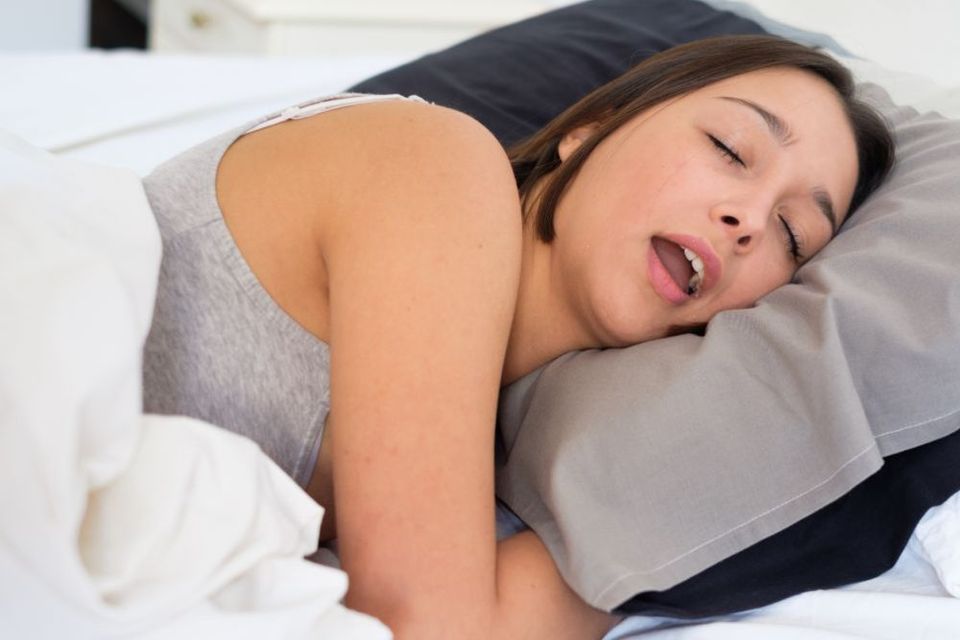News
How Sleep Apnea Affects Women
You probably know by now that Obstructive Sleep Apnea (OSA) mostly affects older adults, and/or individuals with pre-existing health issues. While over half of the sleep apnea diagnoses each year are in men, let’s not forget that OSA affects a lot of women too, and unfortunately, a lot of OSA cases in women are left undiagnosed. This is because some of the common sleep apnea symptoms are slightly different in women than they are in men and can easily go unnoticed.
How the symptoms are different
Research has shown that men’s OSA symptoms are different and more prevalent thanks to the structure of their neck muscles, which are longer and can collapse more easily, leading to loud snoring and more visible apnea episodes. Women, for the most part, tend to display OSA symptoms much differently than men. They don’t snore as much and the apnea episodes are usually much shorter and not as frequent. Instead, women with OSA typically show symptoms such as fatigue, insomnia, headaches, mood swings, lack of energy, and depression that affects them more during the daytime.
Additional risk factors for women
Menopause has actually been known to have a very strong link to sleep apnea. The body is going through many hormonal changes during this stage which can greatly affect your sleep. Post-menopausal women are actually three times more likely to develop sleep apnea than they would have been before menopause. Pregnant women also have a greater risk of developing OSA. If left untreated, it can lead to some serious complications during pregnancy, including high blood pressure, pre-eclampsia, and premature delivery.
It is important for women to pay attention to any symptoms or sleep troubles that may be ongoing and affect how they function overall. Be sure to speak to your doctor if you think you have Obstructive Sleep Apnea for further testing and treatment.



